

Articles
What To Put On Stairs For Dogs
Modified: August 17, 2024
Discover the best articles on what to put on stairs for dogs, including tips on choosing the right materials and preventing slips and falls.
(Many of the links in this article redirect to a specific reviewed product. Your purchase of these products through affiliate links helps to generate commission for Storables.com, at no extra cost. Learn more)
Introduction
Dogs are a beloved part of our families, providing companionship, loyalty, and endless joy. However, as our furry friends age or face physical challenges, everyday activities like navigating stairs can become difficult for them. In such instances, it becomes crucial to provide assistance and ensure their safety.
If you have a dog that struggles with stairs, you may be wondering what you can do to help them. Fortunately, there are various solutions available that can make stairs more manageable for dogs of all sizes and abilities. Whether you choose to invest in purpose-built pet stairs, dog ramps, or opt for stair coverings, there are options to suit every need.
In this article, we will explore the different types of solutions available to ensure that your four-legged friend can safely navigate the stairs. We will discuss the benefits of each option and provide helpful tips for selecting the right one for your dog.
Not only is it essential to address the challenges your dog faces on stairs, but it is also crucial to prioritize their safety. Slipping, tripping, and falling on stairs can cause serious injuries to dogs, making it necessary to take preventative measures. By implementing the right solutions, you can create a safe and comfortable environment that allows your dog to move around your home with ease.
When it comes to assisting dogs on stairs, there is no one-size-fits-all solution. Different dogs may require different types of assistance depending on their size, breed, and physical condition. It’s important to evaluate your dog’s specific needs and consult with your veterinarian to determine the most suitable option.
In the following sections, we will delve into the different types of dog stair solutions available and discuss their pros and cons. We will also provide essential factors to consider when choosing stair coverings for dogs. With this information, you can make an informed decision and provide the best possible assistance and safety measures for your furry friend.
So, let’s dive in and explore the wonderful world of dog stair solutions, ensuring that your dog can navigate stairs comfortably and safely.
Key Takeaways:
- Ensure your dog’s safety on stairs by choosing the right solution based on their size, mobility, and specific needs. Consider factors like traction, durability, and comfort to create a secure and stylish environment for your furry friend.
- From pet stairs and dog ramps to stair treads and carpet runners, there are various options to assist your dog in navigating stairs comfortably and safely. Prioritize their well-being by consulting with your veterinarian and selecting the most suitable solution.
Read more: What To Put On Stairs Instead Of Carpet
Why Do Dogs Need Assistance on Stairs?
Dogs, like humans, can experience a range of physical challenges throughout their lives. Whether it’s due to aging, injury, or certain health conditions, many dogs may face difficulties when it comes to navigating stairs. Understanding the reasons why dogs may need assistance on stairs can help us provide the necessary support and ensure their safety.
One common reason dogs require assistance on stairs is joint pain or arthritis. As dogs age, their joints can deteriorate, leading to stiffness, pain, and reduced mobility. Climbing up and down stairs can put additional strain on their joints, causing discomfort and making it challenging for them to move freely. By providing assistance, we can help alleviate the pressure on their joints and make stair navigation more manageable.
In addition to arthritis, some dogs may have underlying health conditions that affect their ability to use stairs. Neurological disorders, hip dysplasia, or muscle weakness can impact a dog’s balance and coordination, making stair climbing dangerous. In such cases, providing assistance becomes crucial to prevent falls and injuries.
Apart from physical issues, certain breeds of dogs, such as small or toy breeds, may have difficulty with stairs due to their size. The height and depth of standard human stairs can be challenging for these dogs to navigate safely. Even for larger breeds, steep or slippery stairs can pose a risk. Providing support in the form of dog stairs or ramps can help bridge the gap and enable these dogs to move up and down stairs more easily.
Moreover, dogs with anxiety or fear related to stairs may require assistance and training to overcome their apprehension. Traumatic experiences or lack of exposure to stairs during their early developmental stages can contribute to their fear. In such cases, patience, positive reinforcement, and gradual desensitization can help them gain confidence and navigate stairs successfully.
Assisting dogs on stairs not only benefits their physical well-being but also ensures their emotional well-being. By reducing the discomfort and fear associated with stair climbing, we can enhance their quality of life and promote their independence within our homes.
In the next sections, we will explore different types of solutions that can provide the necessary assistance and safety for dogs on stairs. From purpose-built pet stairs and ramps to stair treads and carpet coverings, there are options available to suit various needs and preferences. By choosing the right solution, we can make stair navigation easier and safer for our furry friends.
Ensuring Safety on Stairs for Dogs
When it comes to ensuring the safety of our dogs on stairs, there are several steps we can take (pun intended) to create a secure environment. By implementing these measures, we can minimize the risk of accidents and injuries and provide a safe passage for our four-legged companions.
1. Clear the Path: To prevent trip hazards, ensure that the stairway is clear of any clutter or obstacles. This includes items such as shoes, toys, or loose rugs that could cause a dog to slip or stumble while climbing the stairs.
2. Provide Adequate Lighting: Good visibility is crucial for both humans and dogs when using the stairs. Install sufficient lighting to ensure that the stairway is well-lit, reducing the chances of missteps or falls.
3. Add Handrails: Having sturdy handrails on both sides of the stairway can provide dogs with additional support and stability as they navigate the stairs. This can be especially beneficial for older dogs or those with limited mobility.
4. Install Safety Gates: If you have a young or energetic dog that needs to be restricted from accessing the stairs, consider installing safety gates at the top and bottom. This will prevent them from attempting to climb or descend unsupervised.
5. Use Non-slip Treads: Applying non-slip treads to each step of the stairs can greatly improve traction, reducing the risk of dogs slipping and falling. These treads come in various materials, such as rubber or adhesive strips, and can be easily applied to existing stairs.
6. Carpet the Stairs: Another option to enhance traction and provide a softer surface for dogs is to carpet the stairs. Look for a carpet with a low pile and secure it firmly to avoid any loose edges that could pose a tripping hazard.
7. Training and Socialization: Proper training and socialization can also play a significant role in ensuring a dog’s safety on stairs. Teach your dog to navigate stairs slowly and calmly, using positive reinforcement techniques. Introduce them to stairs gradually and supervise their progress until they are comfortable and confident.
Remember, each dog is unique and may require different safety measures based on their size, age, and physical abilities. Consulting with your veterinarian can provide valuable insights into any specific precautions you should take for your individual dog.
In the next sections, we’ll explore various types of dog stair solutions that can further enhance safety and assistance. From pet stairs and ramps to stair treads and carpet runners, these options can provide the necessary support for dogs as they navigate stairs and help minimize the risk of accidents. Let’s dive into these solutions and discover which one may be the best fit for your furry friend.
Types of Dog Stair Solutions
When it comes to providing assistance for dogs on stairs, there are several types of solutions available. Each option has its own advantages and considerations, depending on your dog’s needs and the specific staircase layout in your home. Let’s explore some of the most common dog stair solutions:
1. Pet Stairs: Pet stairs are specially designed steps that allow dogs to climb up and down stairs with ease. They usually come in sets of three or four steps and are available in various sizes to accommodate different dog breeds. Pet stairs are lightweight, portable, and often have non-slip surfaces to enhance traction. They are a popular choice for small and senior dogs who may struggle with the height or depth of standard human stairs.
2. Dog Ramps: Dog ramps are inclined surfaces that provide a gradual slope for dogs to walk up or down. They can be used as an alternative to stairs for dogs with mobility issues or dogs who find climbing stairs challenging. Dog ramps are available in different lengths and materials, such as plastic, aluminum, or wood. Some ramps are foldable or telescopic, making them easy to store and transport.
3. Stair Treads: Stair treads are non-slip mats or covers that can be attached to individual steps on a staircase. They provide additional traction and grip, reducing the risk of slipping and falling for both humans and dogs. Stair treads are typically made of rubber, adhesive strips, or carpet materials. They are easy to install and can be cut to fit the dimensions of your stairs.
4. Carpet Runners or Mats: Carpet runners or mats are long pieces of carpet that can be laid over the entire stairway, providing a soft and non-slip surface for dogs. They offer full coverage and help protect the stairs from scratches and wear. Carpet runners or mats can be secured in place with adhesive or non-slip pads. They also add an aesthetic element to your staircase decor.
When selecting a dog stair solution, consider factors such as your dog’s size, mobility, and any specific health conditions they may have. Additionally, assess the layout and type of your staircase to ensure compatibility with the chosen solution. It’s always a good idea to consult with your veterinarian for personalized recommendations based on your dog’s individual needs.
In the next section, we will explore important factors to consider when choosing stair coverings for dogs. These factors will help guide you in making the right decision to provide optimal assistance and safety for your beloved canine companion.
Pet Stairs
Pet stairs are an excellent solution for dogs who need assistance on stairs, particularly smaller or senior dogs who may struggle with the height or depth of standard human stairs. These specially designed steps offer a safe and convenient way for dogs to navigate staircases more easily.
One of the main advantages of pet stairs is that they provide dogs with lower and more manageable steps, reducing the strain on their joints and muscles. By shortening the distance between each step, pet stairs make it easier for dogs to climb up and down without exerting excessive effort or experiencing discomfort.
Pet stairs are typically lightweight and portable, allowing you to move them to different areas of your home as needed. Their compact size also makes them easy to store when not in use. Many pet stairs are also foldable, enabling you to collapse them for even more convenient storage or transportation.
To ensure the safety of your dog, pet stairs are designed with non-slip surfaces on each step. This helps prevent your dog’s paws from sliding and provides them with the necessary traction to navigate the stairs with confidence. Some pet stairs even have additional safety features like built-in side rails, creating a secure pathway for your dog.
When choosing pet stairs, consider factors such as the weight capacity, the height of each step, and the overall stability of the stairs. It’s essential to select stairs that can safely support your dog’s weight, ensuring their stability and durability. Additionally, opt for stairs with wider and deeper steps to accommodate larger or older dogs more comfortably.
Pet stairs come in various designs, materials, and colors, allowing you to choose an option that complements your home decor. Some stairs feature removable and washable covers, making it easy to keep them clean and fresh. You can even find pet stairs with storage compartments, providing a convenient space to store your dog’s toys or supplies.
Overall, pet stairs are an effective and versatile solution for assisting dogs on stairs, particularly those with mobility challenges. They offer a stable and comfortable way for dogs to access different areas of your home without the risk of injury or discomfort. With pet stairs, you can ensure that your furry friend can continue to enjoy their independence and explore their environment safely.
Consider using non-slip stair treads or adhesive stair strips to provide traction for your dog on the stairs. This will help prevent slipping and provide a safer environment for your pet.
Read more: How To Make Dog Stairs
Dog Ramps
Dog ramps are an excellent alternative to stairs for dogs who have difficulty climbing or descending stairs, whether due to age, mobility issues, or physical limitations. These inclined surfaces provide a gradual slope that allows dogs to navigate changes in elevation more easily and safely.
One of the primary advantages of dog ramps is their versatility. They can be used both indoors and outdoors, making them suitable for various areas of your home, such as porches, decks, or vehicles. Dog ramps are available in different lengths and materials, giving you options to choose the one that best fits your specific needs.
Dog ramps are typically designed to be portable and easy to store. Many models feature a foldable or telescopic design, allowing you to collapse the ramp to a compact size for convenient storage or transportation. This means you can take the ramp with you when traveling or visiting places where stairs might be challenging for your dog.
When selecting a dog ramp, consider its weight capacity and the size of your dog. It’s crucial to choose a ramp that can support your dog’s weight safely. Opt for a ramp with a non-slip surface to ensure that your dog can maintain proper footing while using the ramp, reducing the risk of slips and falls.
Dog ramps are available in various materials, including plastic, aluminum, or wood. Plastic ramps are lightweight and easy to clean, while aluminum ramps are durable and sturdy. Wood ramps can provide a more aesthetically pleasing option that blends well with your home decor.
To ensure the stability and safety of the ramp, look for features such as anti-slip feet or a secure attachment mechanism. These features prevent the ramp from sliding or shifting while your dog is using it, providing a secure pathway for them to navigate.
Training your dog to use a ramp may be necessary, especially if they’re not accustomed to using one. Start by introducing your dog to the ramp in a calm and positive manner, using treats and praise to encourage their progress. Gradually guide them up and down the ramp, rewarding their efforts. With patience and consistency, most dogs can quickly learn to use the ramp confidently.
Overall, dog ramps offer a practical solution for dogs with mobility challenges, allowing them to navigate changes in elevation with ease. By providing a gradual slope, these ramps reduce the strain on your dog’s joints and muscles, ensuring their safety and comfort. Consider incorporating a dog ramp into your home to help your furry friend move around more freely and independently.
Stair Treads
Stair treads are an effective solution for improving traction and safety on stairs for both humans and dogs. These non-slip mats or covers can be attached to each step of the staircase, providing a secure surface for dogs to grip while navigating the stairs.
One of the primary benefits of stair treads is their ability to enhance traction. The textured surface of the treads helps reduce the risk of slips and falls for dogs, especially on smooth or slippery staircases. With the added grip, dogs can confidently climb up and down the stairs without worrying about their paws sliding.
Stair treads come in various materials, including rubber, adhesive strips, or carpet-like surfaces. Rubber treads are durable, easy to clean, and offer excellent slip resistance. Adhesive strips are easy to apply and can be cut to the desired length, making them suitable for different staircase sizes. Carpet-like treads provide a softer surface and can add an aesthetic element to your staircase decor.
Installation of stair treads is typically straightforward, requiring minimal effort. Adhesive strips can be peeled and applied directly to the step surface, while rubber treads often have a bottom surface that sticks to the stairs securely. It’s essential to follow the manufacturer’s instructions for proper installation to ensure the treads remain in place and provide the desired level of safety.
When choosing stair treads, consider the size and dimensions of your staircase. Look for treads that are wide and deep enough to cover the entire step surface for maximum traction. It’s also important to select treads that are suitable for the specific type of stairs you have, such as straight or curved stairs.
Stair treads are easy to maintain and can be cleaned regularly to remove any dirt or debris that may accumulate. Rubber treads can be wiped down with a damp cloth or mild cleaning solution, while carpet-like treads can be vacuumed or spot cleaned as needed. Keeping the treads clean ensures their effectiveness and longevity.
Stair treads offer a cost-effective solution for improving safety on stairs for both dogs and humans. By providing a non-slip surface, these treads reduce the risk of accidents and injuries, allowing your furry friend to navigate the stairs with confidence and ease. Consider adding stair treads to your staircase to create a safer environment for your beloved canine companion.
Carpet Runners or Mats
Carpet runners or mats are a popular choice for providing assistance and safety on stairs for dogs. These long pieces of carpet can be laid over the entire stairway, creating a soft and non-slip surface for dogs to walk on.
One of the key benefits of carpet runners or mats is their ability to enhance traction. The carpet material provides dogs with a textured surface that allows them to grip and maintain their footing while climbing or descending stairs. This added traction reduces the risk of slips and falls, providing a sense of security for your dog as they navigate the stairs.
Carpet runners or mats also offer additional padding and cushioning, which can be beneficial for dogs with joint issues or those who require a softer surface to lessen the impact on their bodies. The cushioning effect can help alleviate discomfort and reduce strain on their joints and muscles as they move up and down the stairs.
In addition to improving safety, carpet runners or mats can also protect the stairs from scratches, wear, and tear. The carpet acts as a barrier, extending the lifespan of your stairs and reducing the need for repairs or replacements. This can be particularly useful for high-traffic staircases or homes with active and energetic dogs.
When choosing carpet runners or mats, opt for ones that have a low pile and are specifically designed for stair use. A low pile carpet is easier to clean and maintains its appearance better over time. Ensure that the carpet is securely attached to the stairs to prevent any tripping hazards or loose edges.
Cleaning and maintaining carpet runners or mats is relatively easy. Regular vacuuming will help remove dirt, pet hair, and debris that may accumulate over time. Spot cleaning with a mild detergent or carpet cleaner can handle any stains or spills that may occur. It’s important to follow the manufacturer’s care instructions to ensure the carpet remains in good condition.
Consider coordinating the color or pattern of the carpet runner or mat with your home decor to create a cohesive and stylish look. This way, your dog’s stair assistance solution seamlessly blends into the overall aesthetic of your home.
Carpet runners or mats provide a practical and visually appealing option for improving safety on stairs for dogs. With their textured surface, cushioning effect, and added protection for the stairs, they offer a comprehensive solution for enhancing the stair-climbing experience for your furry friend. Consider incorporating carpet runners or mats into your staircase to provide your dog with a secure and comfortable ascension and descent.
Factors to Consider When Choosing Stair Coverings for Dogs
When selecting stair coverings for dogs, there are several important factors to consider to ensure the best assistance and safety for your furry friend. By taking these factors into account, you can choose the most suitable option that meets your dog’s specific needs and provides a secure environment for navigating the stairs.
1. Traction: The primary consideration when choosing stair coverings for dogs is traction. Ensure that the chosen covering offers a non-slip surface that allows your dog to maintain proper footing while climbing or descending the stairs. This is crucial to prevent slips, falls, and injuries. Look for materials such as rubber, adhesive strips, or carpet with a textured surface that enhances grip.
2. Durability: Stair coverings for dogs should be durable enough to withstand frequent use and the wear and tear from your dog’s claws. Choose coverings made from sturdy materials that can withstand both indoor and outdoor conditions if necessary. Consider the quality and longevity of the stair coverings to ensure that they will provide prolonged support.
3. Size and Fit: The size and fit of the stair coverings are essential for optimal functionality. Measure your staircase accurately and choose coverings that are the appropriate width and length to fully cover each step. Ill-fitting coverings may pose a tripping hazard or come loose easily, compromising your dog’s safety.
4. Ease of Installation and Cleaning: Consider the installation process of the stair coverings and choose options that are easy to install and secure firmly in place. Look for coverings that can be easily cleaned and maintained, as they will likely accumulate dirt, pet hair, or spills over time. Some coverings may be removable for cleaning, while others may require spot cleaning or simple wiping.
5. Your Dog’s Comfort: Take your dog’s comfort into account when selecting stair coverings. Some dogs may prefer softer materials, while others may benefit from more cushioning or padding due to joint issues. Choose coverings that provide your dog with a comfortable surface to walk on, ensuring their well-being and ease of movement.
6. Aesthetics and Home Decor: While functionality and safety are essential, also consider the aesthetic appeal and how the stair coverings will fit into your home decor. Look for options that complement your interior design and blend well with your staircase and surrounding area. This will ensure a seamless integration of the stair coverings into your home environment.
7. Budget: Finally, consider your budget and ensure that the chosen stair coverings fit within your financial limitations. While it’s important to prioritize your dog’s safety and comfort, there are often options available to suit various budgets. Compare different coverings based on their features, durability, and price to find the best value for your money.
By taking these factors into account, you can choose stair coverings that provide optimal assistance, safety, and comfort for your dog. Remember to consult with your veterinarian for additional guidance and recommendations based on your dog’s specific needs and any underlying health conditions they may have.
Read also: 8 Amazing Dog Stairs For Small Dogs For 2025
Conclusion
Ensuring the safety and well-being of our dogs on stairs is crucial to providing them with a comfortable and secure living environment. By considering the unique needs of our canine companions, we can select the right solutions to assist them in navigating stairs effectively.
Pet stairs, dog ramps, stair treads, and carpet runners or mats are all viable options to enhance the stair-climbing experience for dogs. Each solution offers its own benefits and considerations, from providing lower and manageable steps to improving traction and cushioning. By selecting the appropriate option based on our dog’s size, mobility, and specific requirements, we can enhance their independence and reduce the risk of accidents or injuries on stairs.
Factors such as traction, durability, size and fit, ease of installation and cleaning, your dog’s comfort, aesthetics, and budget should all be taken into account when choosing stair coverings for dogs. By carefully considering these factors, we can make informed decisions that prioritize our dog’s safety without compromising on style or functionality.
Remember, it’s important to consult with your veterinarian to determine the best solutions for your dog’s individual needs. They can provide valuable insights and recommendations based on your dog’s age, size, physical condition, and any existing health issues.
By implementing the right dog stair solutions and following safety measures such as clearing the path, providing adequate lighting, and using handrails or safety gates, we can create a safe and accessible environment for our furry friends. Whether your dog is a senior, has mobility challenges, or simply needs a little assistance, there are options available to ensure their comfort and well-being on stairs.
By prioritizing the safety and ease of stair navigation for our dogs, we can maintain their quality of life and allow them to continue being active members of our households. With the right solutions in place, we can provide our dogs with the support they need to climb up and down stairs confidently, allowing them to explore their surroundings and enjoy their daily routines without limitations.
So, embrace the variety of dog stair solutions available, consider the individual needs of your furry friend, and make the necessary adjustments to ensure their safety and comfort on stairs. With the right tools and precautions in place, you can make stair navigation a breeze for your beloved canine companion.
Frequently Asked Questions about What To Put On Stairs For Dogs
Was this page helpful?
At Storables.com, we guarantee accurate and reliable information. Our content, validated by Expert Board Contributors, is crafted following stringent Editorial Policies. We're committed to providing you with well-researched, expert-backed insights for all your informational needs.
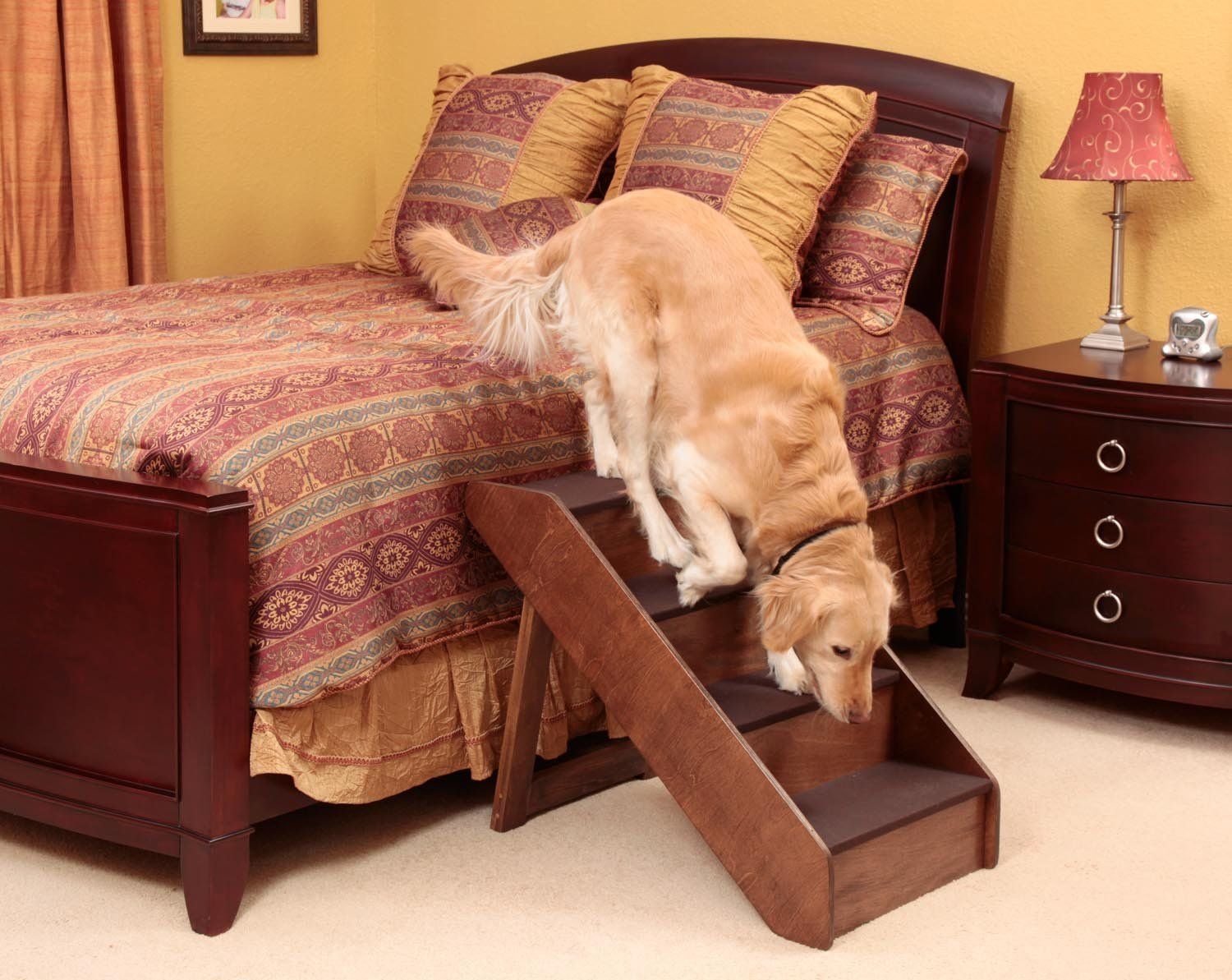
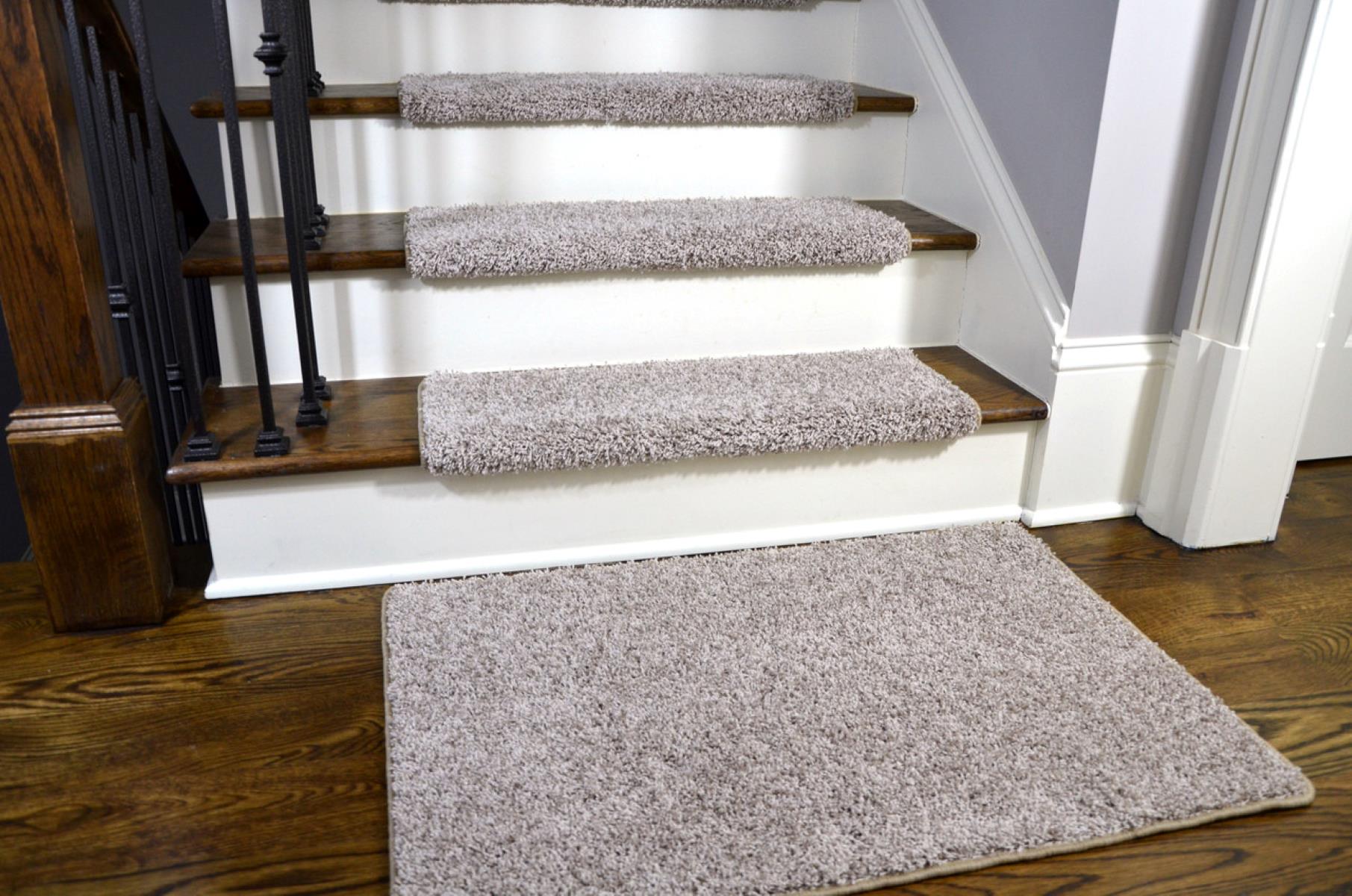
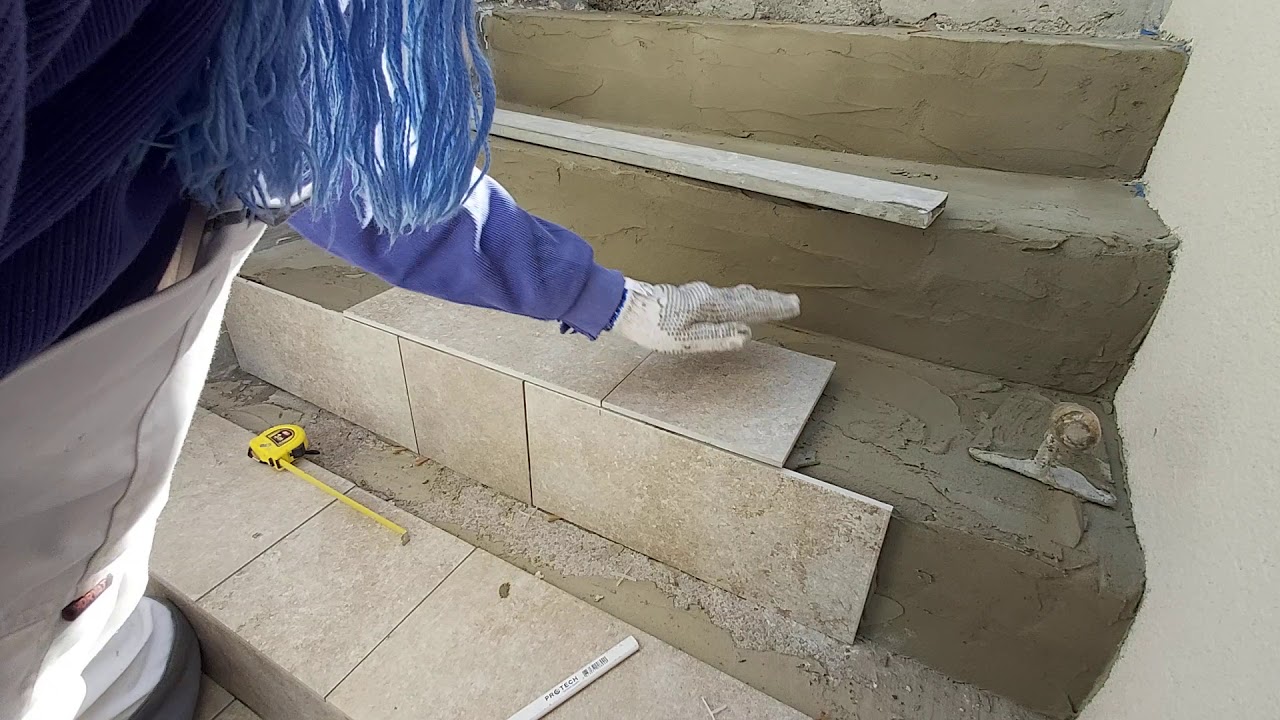
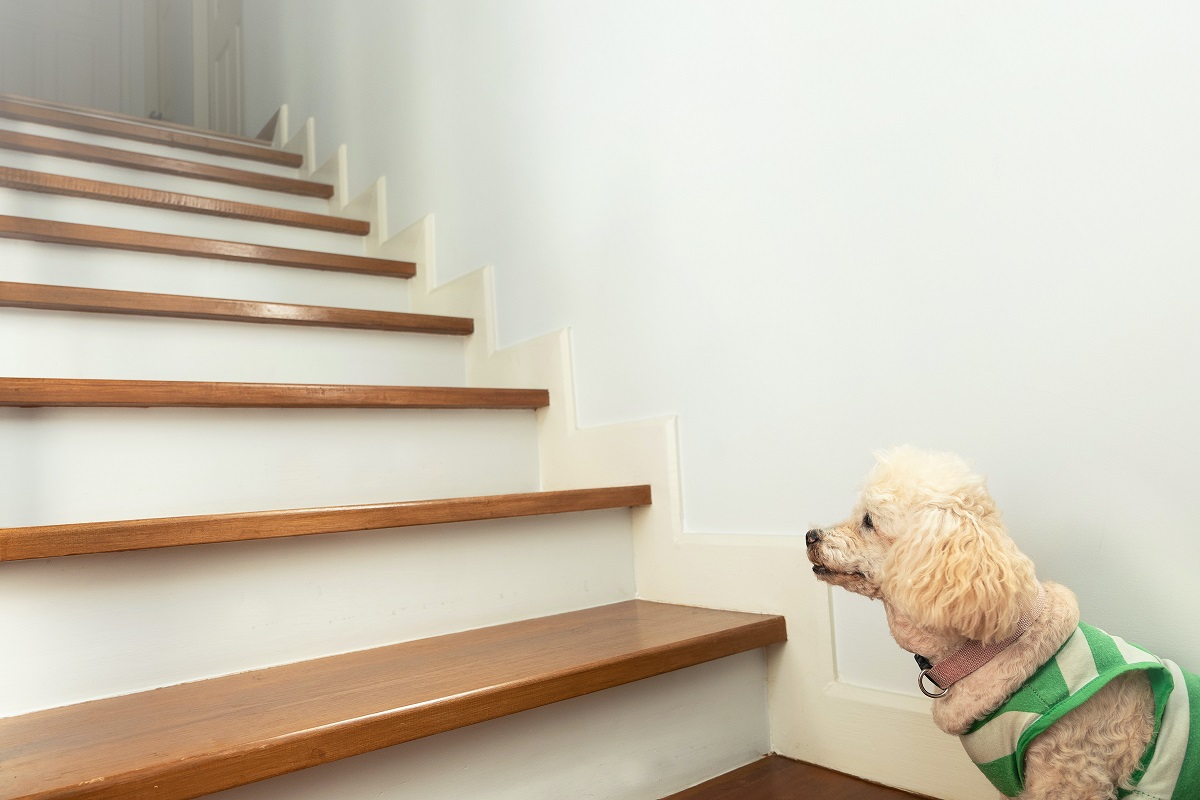
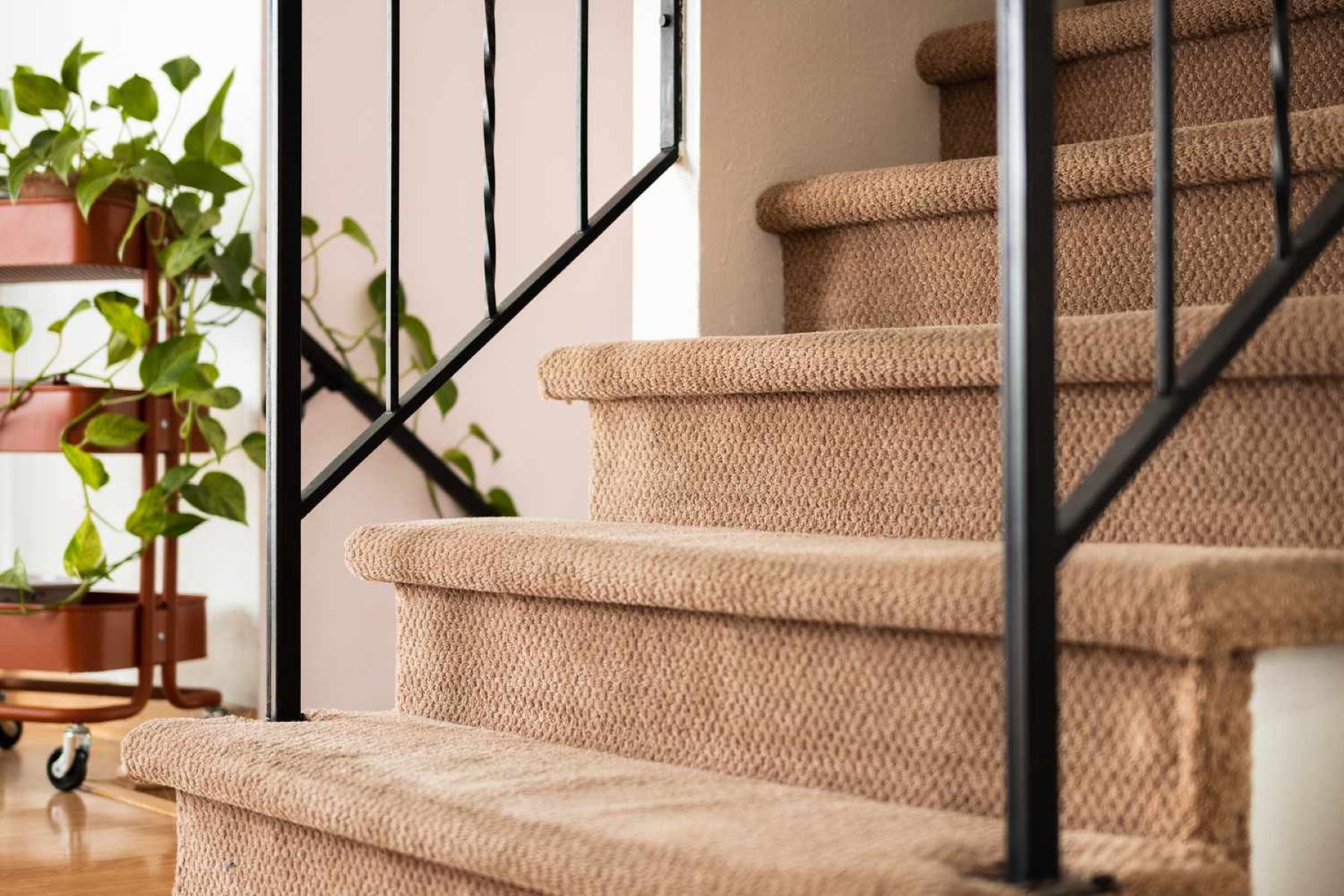
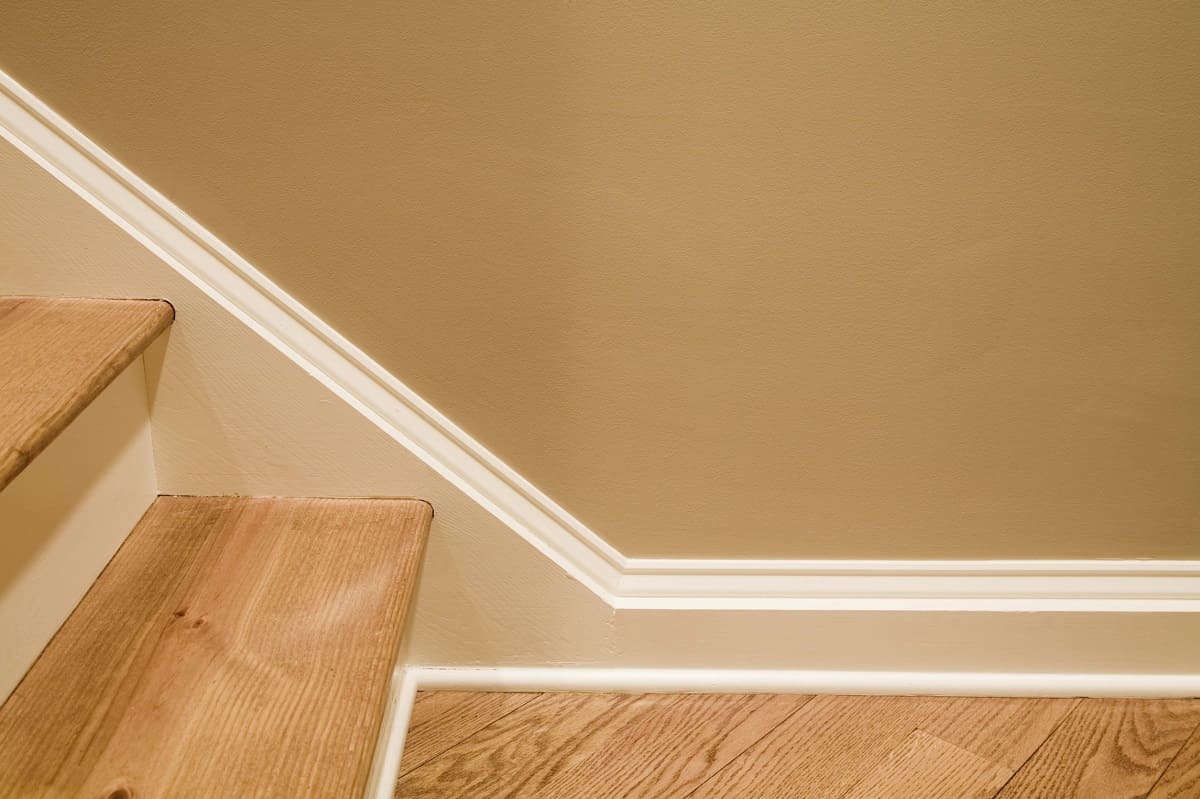
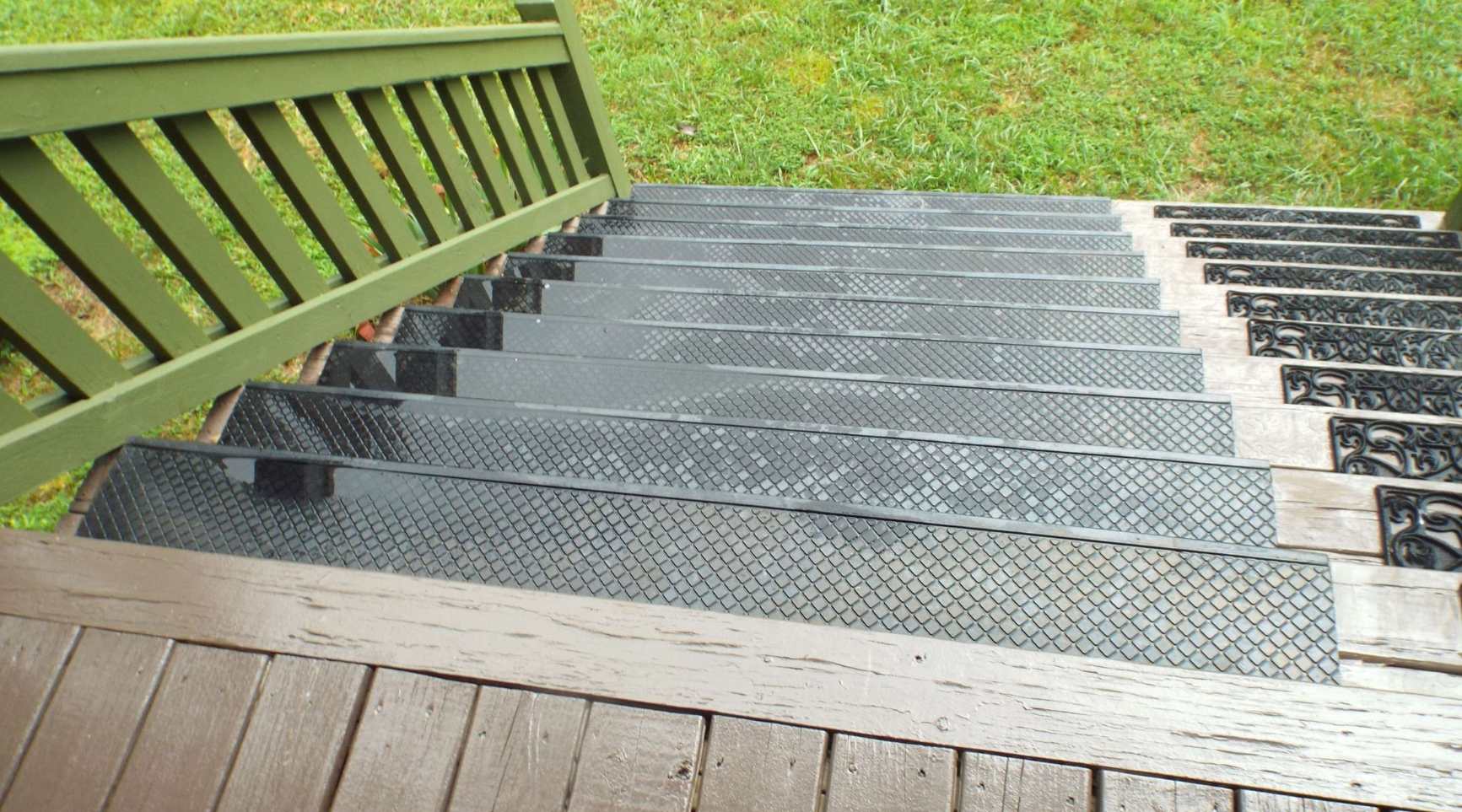
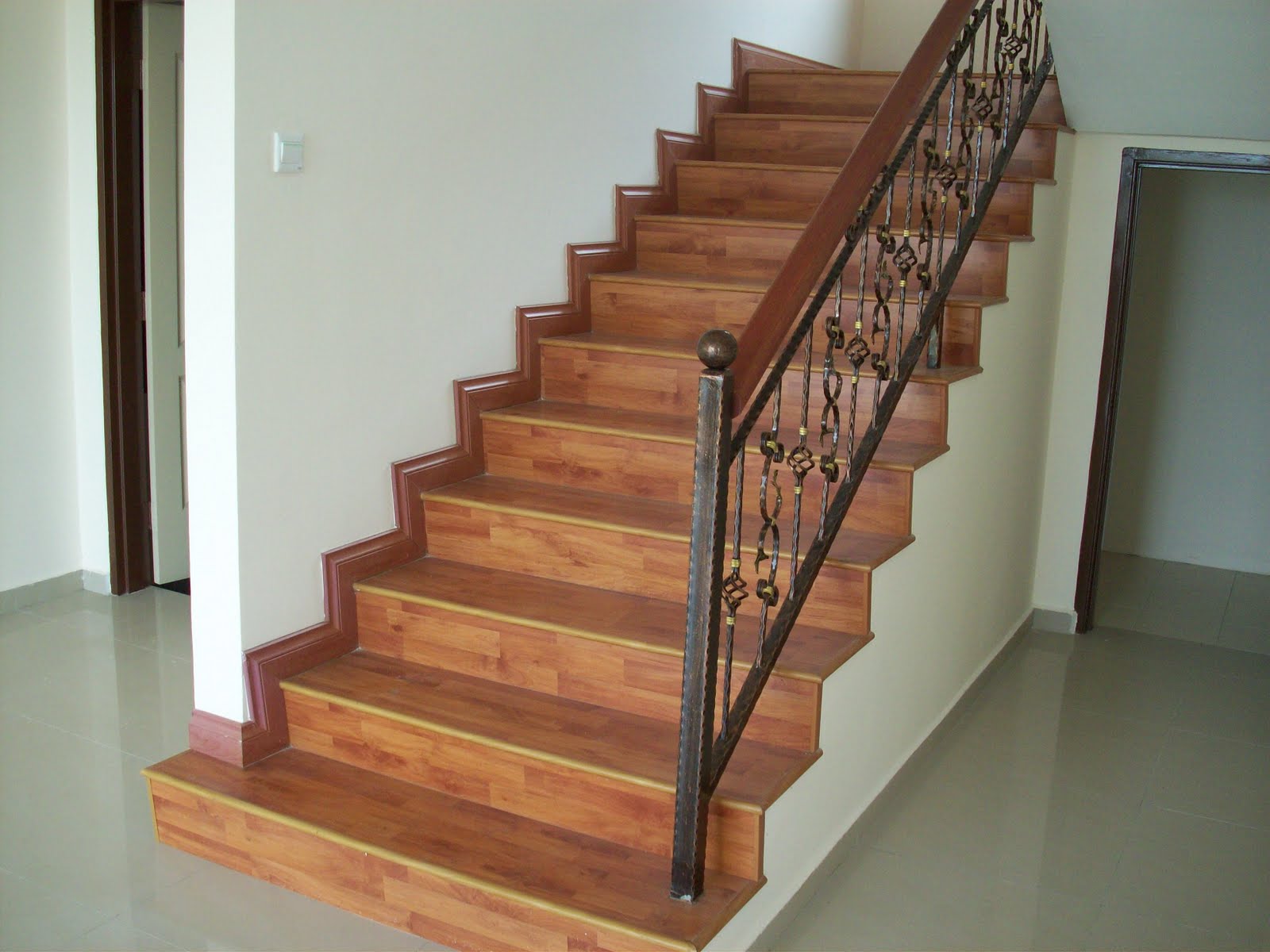
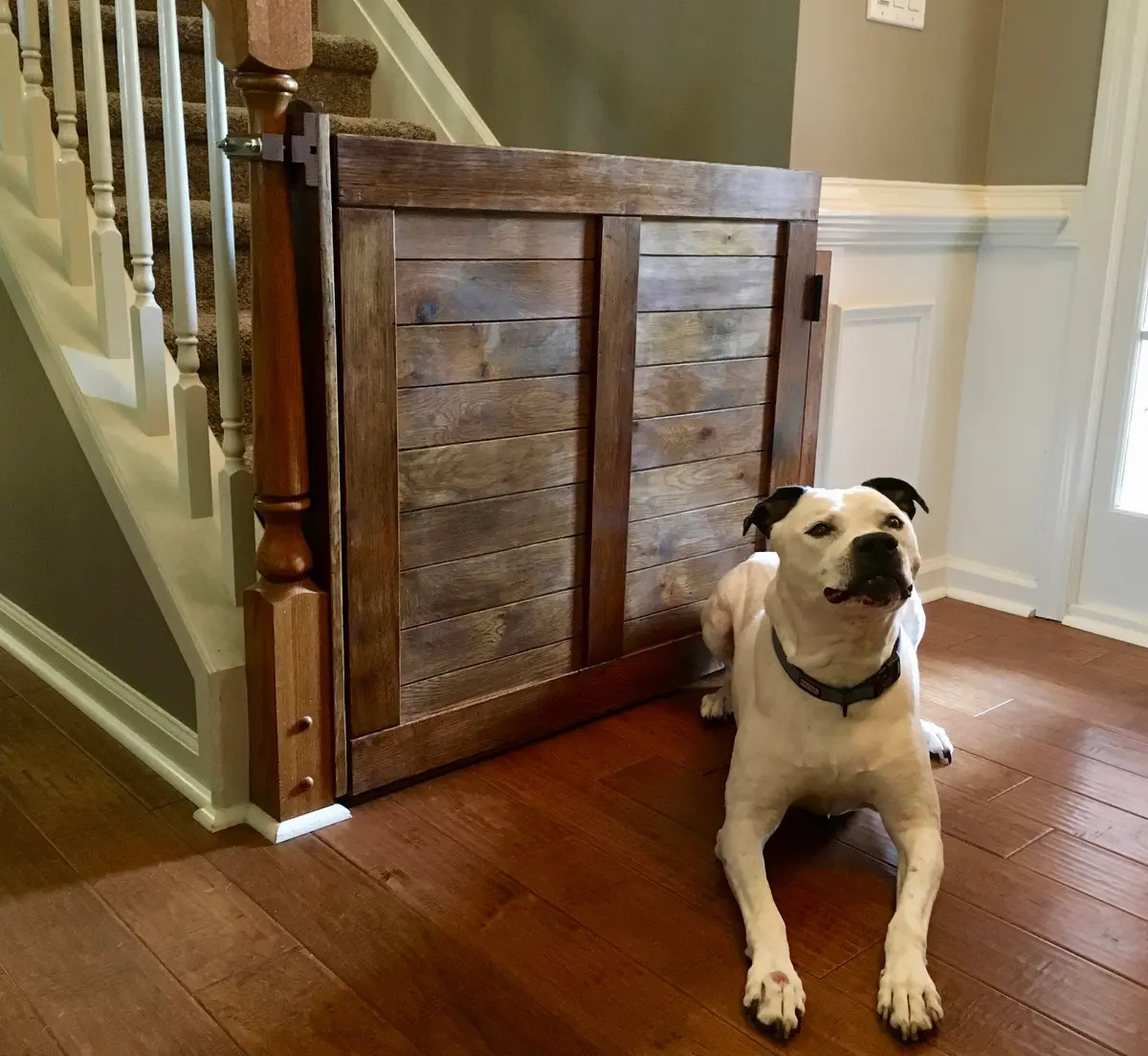
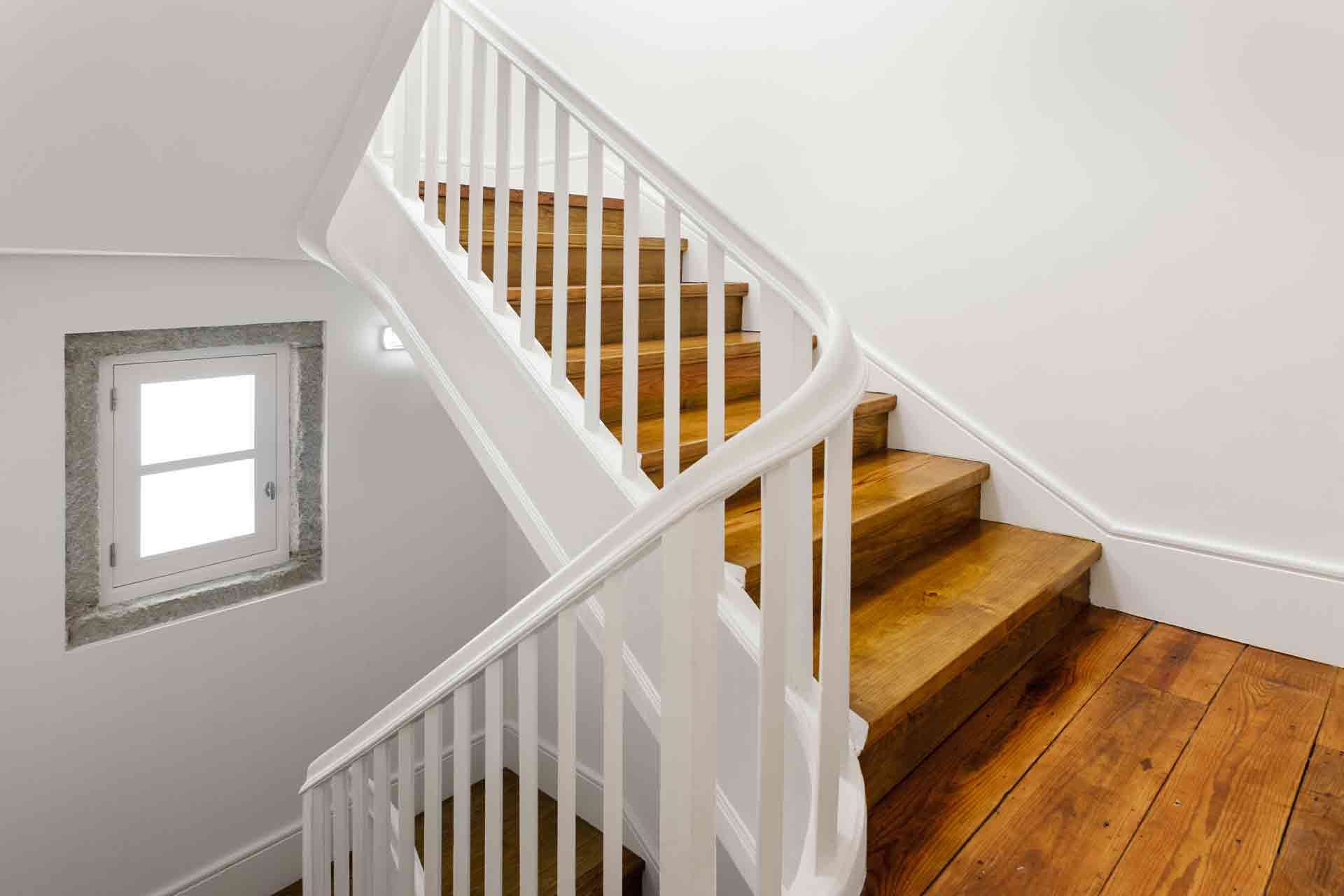

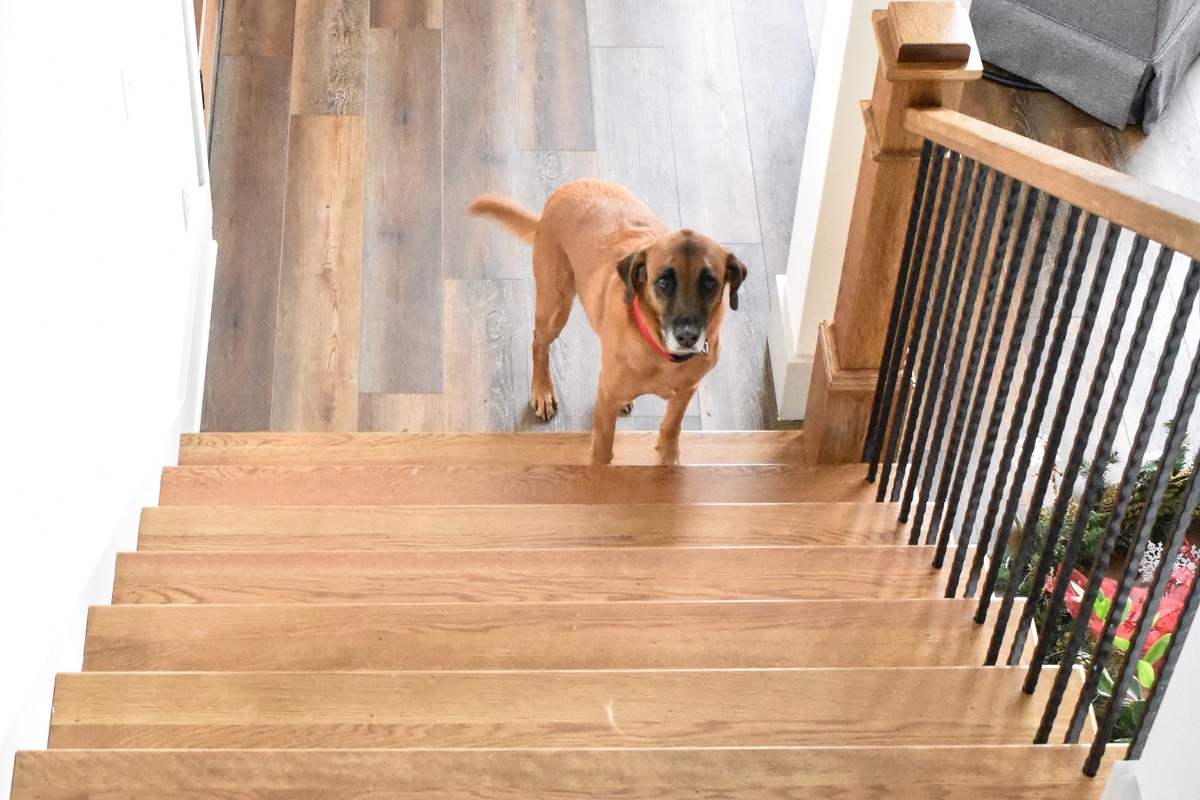
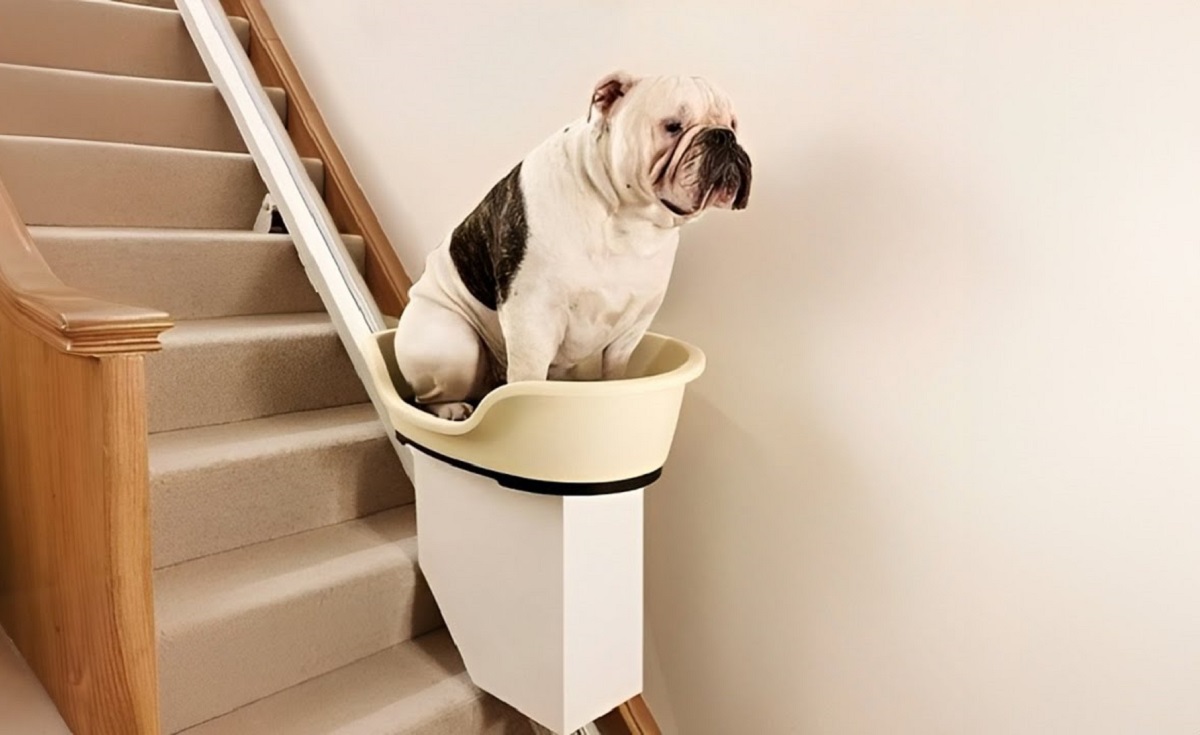

0 thoughts on “What To Put On Stairs For Dogs”